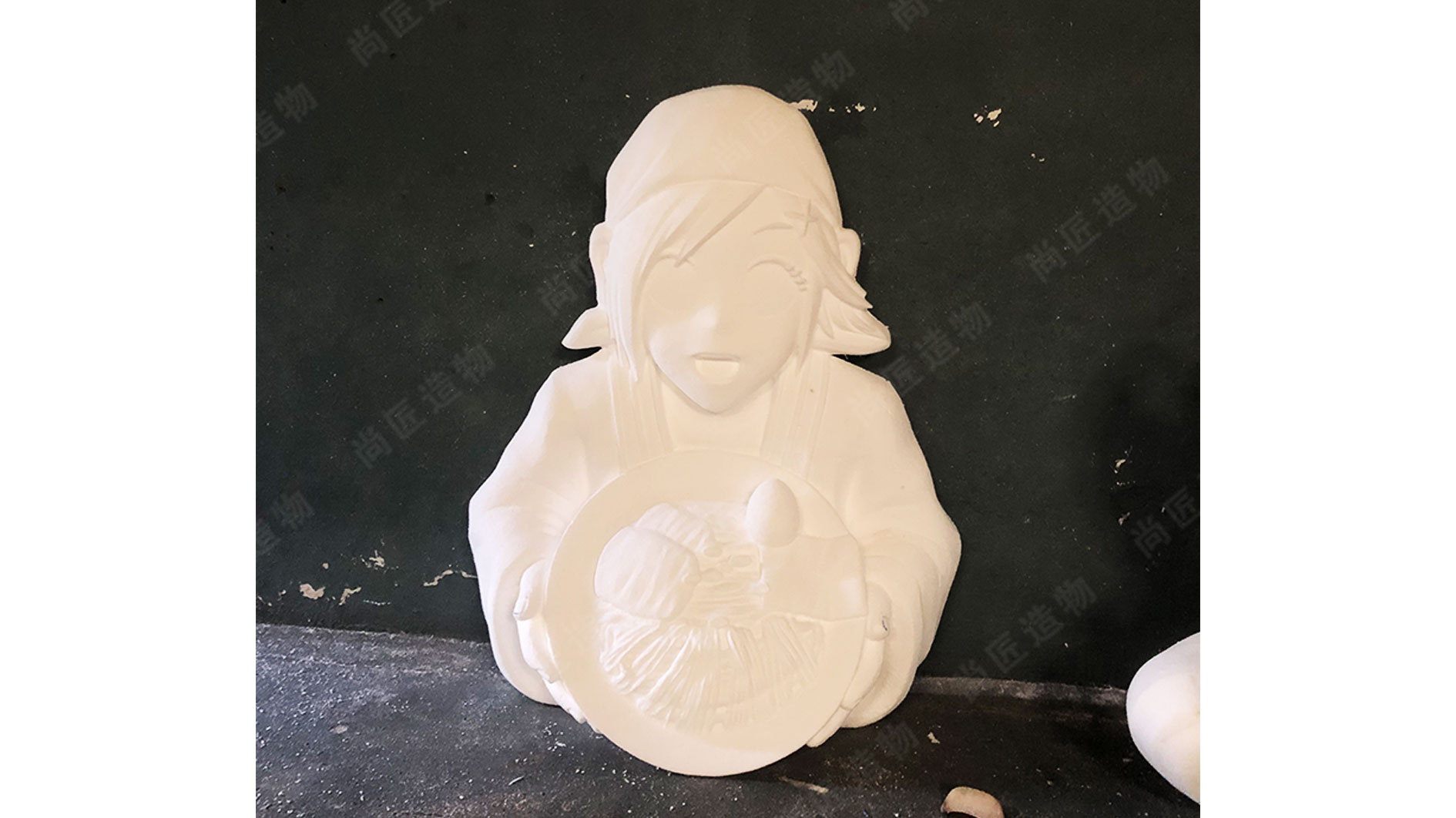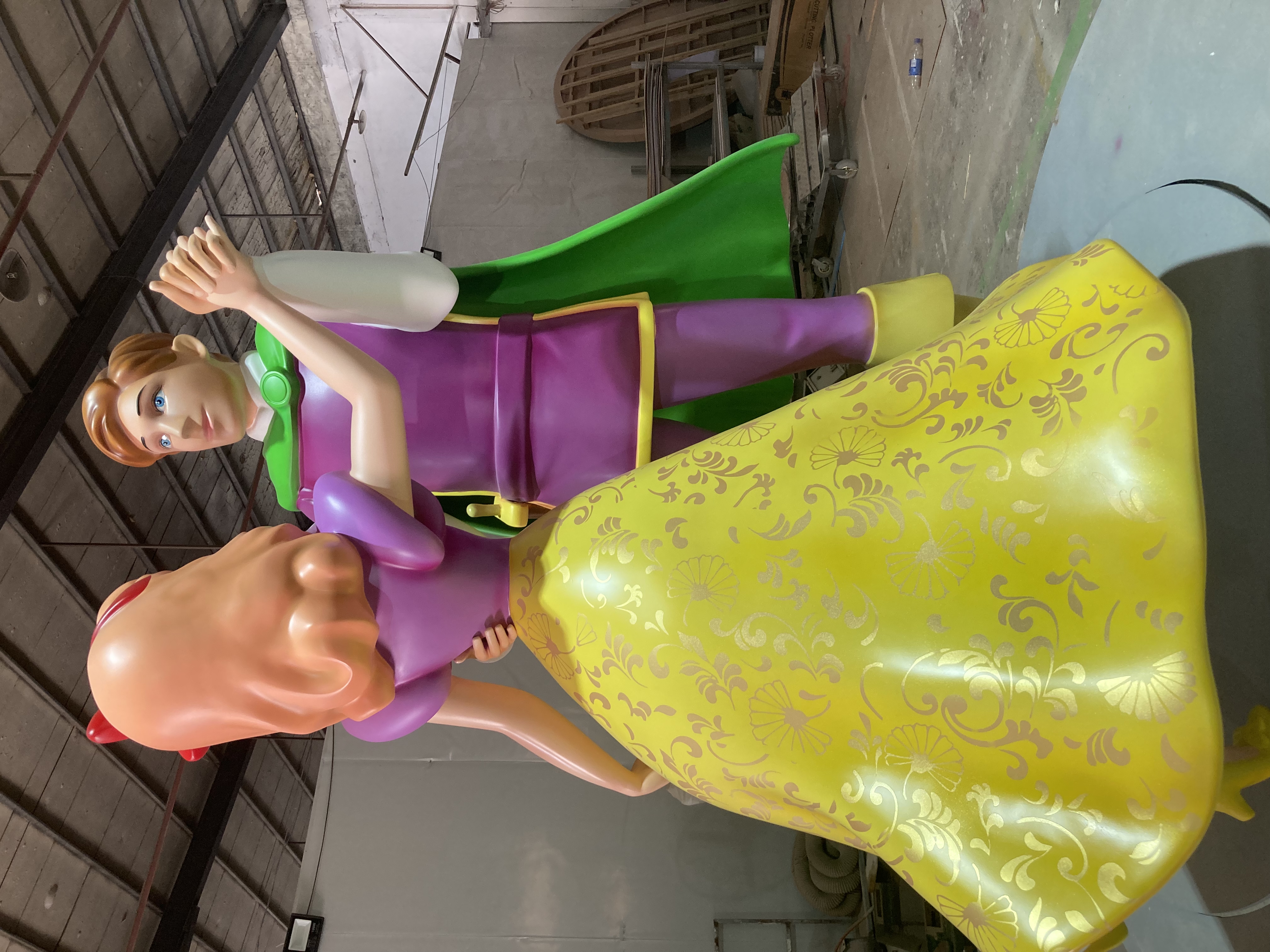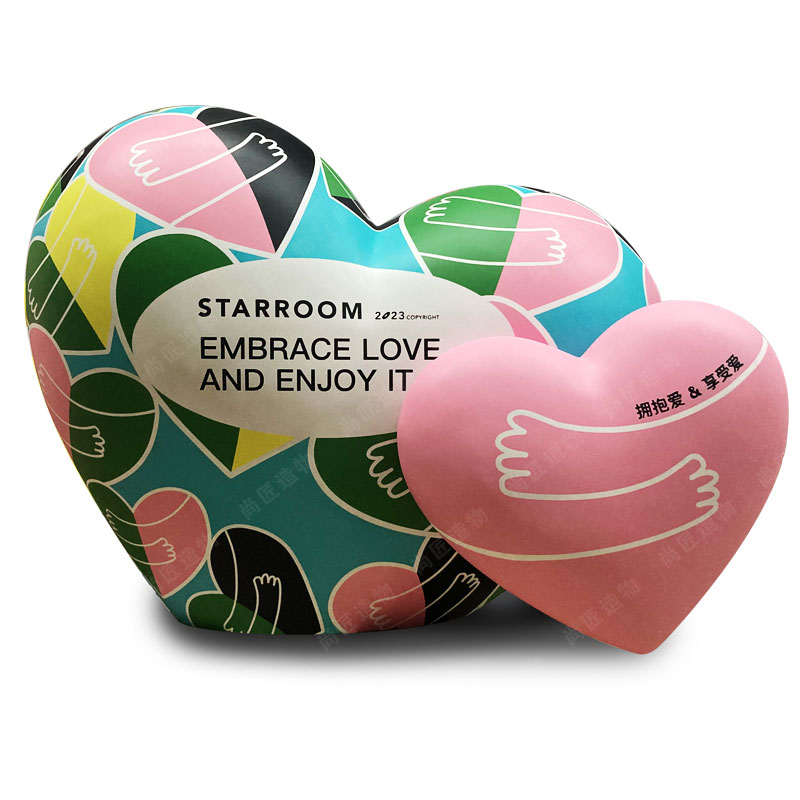Key Takeaways
Outdoor stainless steel sculptures merge artistic expression with engineering precision, offering long-lasting installations that withstand harsh weather conditions. Their resistance to rust, corrosion, and UV damage makes stainless steel a top choice for public spaces, gardens, and commercial properties. Designs range from sleek, modern abstracts to intricate nature-inspired forms, often tailored to reflect a site’s architectural style or thematic intent.
Tip: When planning a custom sculpture, consider how sunlight interacts with polished or brushed finishes—reflective surfaces can create dynamic visual effects as light shifts throughout the day.
Key factors include material grade (304 or 316 stainless steel are common for outdoor use), structural engineering for wind resistance, and anchoring systems for stability. For gardens, sculptures often incorporate organic shapes or kinetic elements to harmonize with natural surroundings.
Suggestion: Collaborate with a sculptor experienced in large-scale installations to ensure designs account for site-specific challenges, such as soil composition or foot traffic patterns.
By prioritizing durability and aesthetic adaptability, these sculptures serve as both focal points and functional investments, requiring minimal upkeep beyond occasional cleaning to retain their luster.
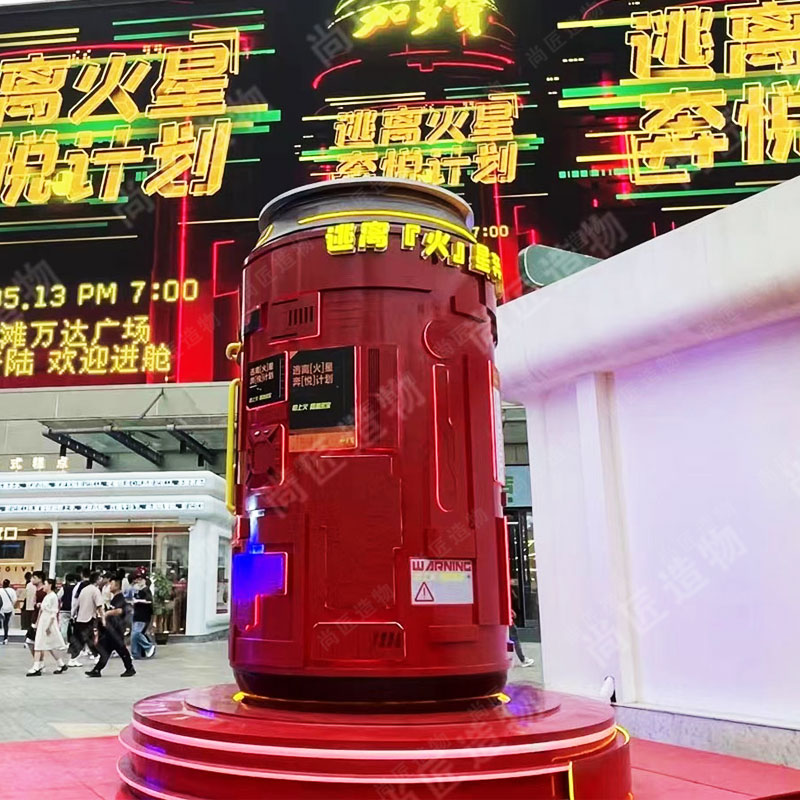
Stainless Steel Sculpture Design Essentials
When planning outdoor stainless steel sculptures, designers balance material properties with environmental demands. The choice of steel grade—typically 304 or 316—determines corrosion resistance, particularly in coastal or high-pollution areas. Fabrication techniques like TIG welding ensure clean seams, while computer-aided design (https://en.artmovr.com/) installations provide similar durability with reduced weight. Successful designs integrate these technical elements with artistic intent, ensuring the sculpture enhances its surroundings without compromising longevity. This foundation supports later discussions on installation and weatherproofing, creating a cohesive workflow from concept to installation.
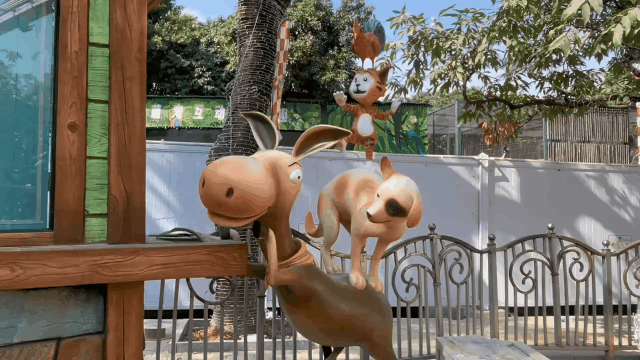
Benefits of Weather-Resistant Outdoor Art
Weather-resistant outdoor sculptures, particularly those crafted from stainless steel, provide practical and aesthetic advantages for both public and private spaces. Unlike traditional materials such as wood or stone, stainless steel withstands harsh environmental conditions—including rain, UV exposure, and temperature fluctuations—without corroding or losing structural integrity. This durability reduces long-term maintenance costs, making it a cost-effective choice for permanent installations.
A key benefit lies in the material’s adaptability. Stainless steel can be polished to a mirror-like finish for contemporary designs or brushed for a matte, industrial look. Its reflective properties also enhance visibility in outdoor settings, creating dynamic interactions with natural light. For example, a Realistic sculpture made from stainless steel can capture intricate details while remaining resilient against weathering.
| Feature | Stainless Steel | Bronze | Wood |
|---|---|---|---|
| Weather Resistance | High | Medium | Low |
| Maintenance Needs | Low | High | High |
| Aesthetic Longevity | 20+ years | 15+ | 5-10 |
Additionally, these sculptures contribute to sustainable design. The material’s recyclability aligns with eco-conscious initiatives, while its resistance to vandalism and wear ensures lasting value. By combining functionality with artistic flexibility, weather-resistant stainless steel art becomes a strategic investment for enhancing outdoor spaces.

Customizing Metal Sculptures for Unique Spaces
Tailoring stainless steel sculptures to fit specific environments requires balancing artistic intent with practical considerations. Designers often begin by analyzing spatial dimensions, lighting conditions, and surrounding architecture to ensure the artwork complements its setting. For intimate gardens, smaller abstract pieces with reflective surfaces might amplify natural light, while sprawling commercial plazas could demand bold, geometric forms that withstand high foot traffic.
Customization extends beyond size and shape. Textured finishes, such as brushed or mirror-polished steel, add tactile and visual contrast, while powder-coated colors allow seamless integration with existing landscapes or branding schemes. For example, a Cartoon sculpture in a playground might feature rounded edges and vibrant hues to enhance child-friendly aesthetics.
Collaboration between artists, engineers, and clients ensures structural integrity without compromising creativity. Advanced techniques like waterjet cutting or 3D modeling enable precise execution of intricate patterns, from flowing organic curves to angular modern designs. Site-specific installations may also incorporate interactive elements, such as kinetic components that respond to wind, merging functionality with artistic expression. By addressing both environmental demands and personal preferences, these sculptures transform ordinary spaces into dynamic focal points.
Innovative Garden Sculpture Design Ideas
Modern gardens thrive on striking focal points, and stainless steel offers unparalleled versatility for sculptural innovation. Abstract geometric forms, such as interlocking spheres or angular installations, create dynamic contrasts against organic landscapes. For nature-inspired designs, laser-cut leaves or fluid wave patterns mimic natural movement while maintaining structural integrity. One emerging trend involves kinetic sculptures that respond to wind, adding an interactive dimension to outdoor spaces.
Garden designers increasingly incorporate reflective surfaces to play with light, casting ever-changing shadows or amplifying floral colors. For smaller spaces, vertical stainless steel sculptures—like spirals or layered discs—optimize visual impact without overwhelming the area. Customizable finishes, from brushed metallic to colored patinas, allow seamless integration with existing garden themes.
A notable example includes sculptures doubling as functional elements, such as sculptural benches or water features with stainless steel channels. These designs balance aesthetics with practicality, particularly in stainless steel sculpture installations for public parks or residential courtyards. When planning such pieces, consider scale proportionality—larger gardens benefit from bold, sweeping arcs, while intimate settings demand subtle textural details. Weather-resistant properties ensure these creations withstand seasonal changes, maintaining their allure year-round.
Durability Factors in Stainless Steel Art
The longevity of outdoor stainless steel sculptures hinges on material composition and engineering precision. Stainless steel’s corrosion resistance stems from chromium content (typically 10.5% or higher), which forms a passive oxide layer when exposed to oxygen. For harsh environments, grades like 316 stainless steel include molybdenum to combat saltwater or industrial pollutants. Structural integrity is reinforced through thickness variations—thicker sections for load-bearing elements and tapered edges to reduce wind resistance.
Welding techniques also play a critical role. Argon-shielded TIG welding minimizes weak points, while seamless joints prevent moisture infiltration. For added resilience, surface treatments like electropolishing or powder coatings enhance UV resistance and reduce fingerprint visibility. These technical choices ensure sculptures withstand thermal expansion, heavy rainfall, and temperature fluctuations without warping or discoloration.
Customized designs, such as IP character sculptures, benefit from modular fabrication, allowing intricate details to endure decades of exposure. Proper engineering accounts for local climate patterns, ensuring stability in high-wind zones or seismic regions. By balancing artistic vision with metallurgical science, stainless steel art remains both visually striking and structurally sound.

Installation Best Practices for Large Sculptures
Proper installation ensures the longevity and safety of outdoor stainless steel sculptures, particularly for large-scale pieces. Begin with a thorough site assessment to evaluate ground stability, drainage patterns, and potential exposure to wind or seismic activity. For sculptures over six feet tall, engineers often recommend reinforced concrete foundations extending below the frost line to prevent shifting in freezing temperatures. Anchoring systems—such as stainless steel bolts or welded base plates—should align with the sculpture’s weight distribution and design.
Collaboration between artists, structural engineers, and installation crews is critical. For example, kinetic sculptures require specialized mounting to accommodate movement without compromising stability. Use corrosion-resistant hardware to maintain integrity in coastal or high-humidity environments, and consider protective barriers in public spaces to prevent accidental damage. Temporary bracing may be necessary during curing or adjustment phases. Always adhere to local building codes and permit requirements, especially for installations in commercial or municipal areas. Post-installation inspections should verify alignment, load-bearing capacity, and resistance to environmental stressors, ensuring the artwork remains secure for decades.
Maintaining Stainless Steel Sculpture Longevity
While stainless steel’s corrosion resistance makes it ideal for outdoor use, proactive care ensures sculptures retain their aesthetic appeal for decades. Regular cleaning is foundational: a mix of mild soap and warm water, applied with a soft cloth or sponge, removes dirt, pollen, and pollutants that could degrade the surface over time. Avoid abrasive cleaners or steel wool, as these may scratch the steel’s protective oxide layer. For sculptures in coastal or high-humidity areas, rinsing monthly helps prevent salt buildup, a common contributor to localized pitting.
Inspections every 3–6 months allow early detection of issues like weld cracks, loose fittings, or discoloration. Minor surface stains can often be treated with specialized stainless steel cleaners, while professional polishing restores luster to heavily weathered pieces. Applying a clear automotive wax or polymer sealant annually adds an extra barrier against environmental stressors. Additionally, ensure sculptures aren’t positioned near sprinklers or acidic plants, as constant moisture or organic acids may accelerate wear. By integrating these practices, owners protect both the structural integrity and visual impact of their investment—key for pieces in high-traffic public or commercial settings.
Commercial Applications of Outdoor Metal Art
Stainless steel sculptures have become strategic design assets in commercial environments, serving both aesthetic and functional purposes. Businesses increasingly incorporate these installations to enhance brand identity, create memorable landmarks, and improve visitor engagement. Corporate campuses often feature abstract stainless steel sculptures at entryways to convey innovation, while retail centers use polished metallic art as focal points to attract foot traffic. Hotels and resorts integrate nature-inspired metal sculptures into landscaping designs to elevate guest experiences, blending artistic appeal with environmental harmony.
Urban developers also leverage stainless steel’s durability for public plazas and transit hubs, where sculptures withstand heavy use and extreme weather. Customized designs frequently incorporate lighting systems or interactive elements, transforming static art into dynamic attractions after dark. Additionally, municipalities commission large-scale metal works to revitalize underutilized spaces, combining cultural expression with urban renewal goals. As businesses recognize the long-term value of corrosion-resistant materials, stainless steel remains a practical choice for projects requiring minimal maintenance and lasting visual impact.
Conclusion
Outdoor stainless steel sculpture designs represent a harmonious balance between artistic expression and functional resilience. As explored throughout this article, stainless steel’s inherent properties—corrosion resistance, structural strength, and minimal maintenance needs—make it an ideal medium for enduring public installations, private gardens, and commercial landscapes. These sculptures not only withstand harsh weather conditions but also retain their visual appeal over decades, reducing long-term costs associated with repairs or replacements.
When integrating such artworks into a space, considerations like scale, context, and customization ensure the piece complements its surroundings while reflecting the intended aesthetic or thematic vision. From abstract geometric forms to organic shapes mimicking natural elements, the versatility of stainless steel allows artists and designers to push creative boundaries without compromising durability.
Ultimately, the decision to invest in outdoor stainless steel sculptures hinges on valuing both artistry and longevity. By adhering to proper installation techniques and routine upkeep, these pieces become lasting landmarks that enrich environments, inspire audiences, and demonstrate how innovative design can coexist with practicality.
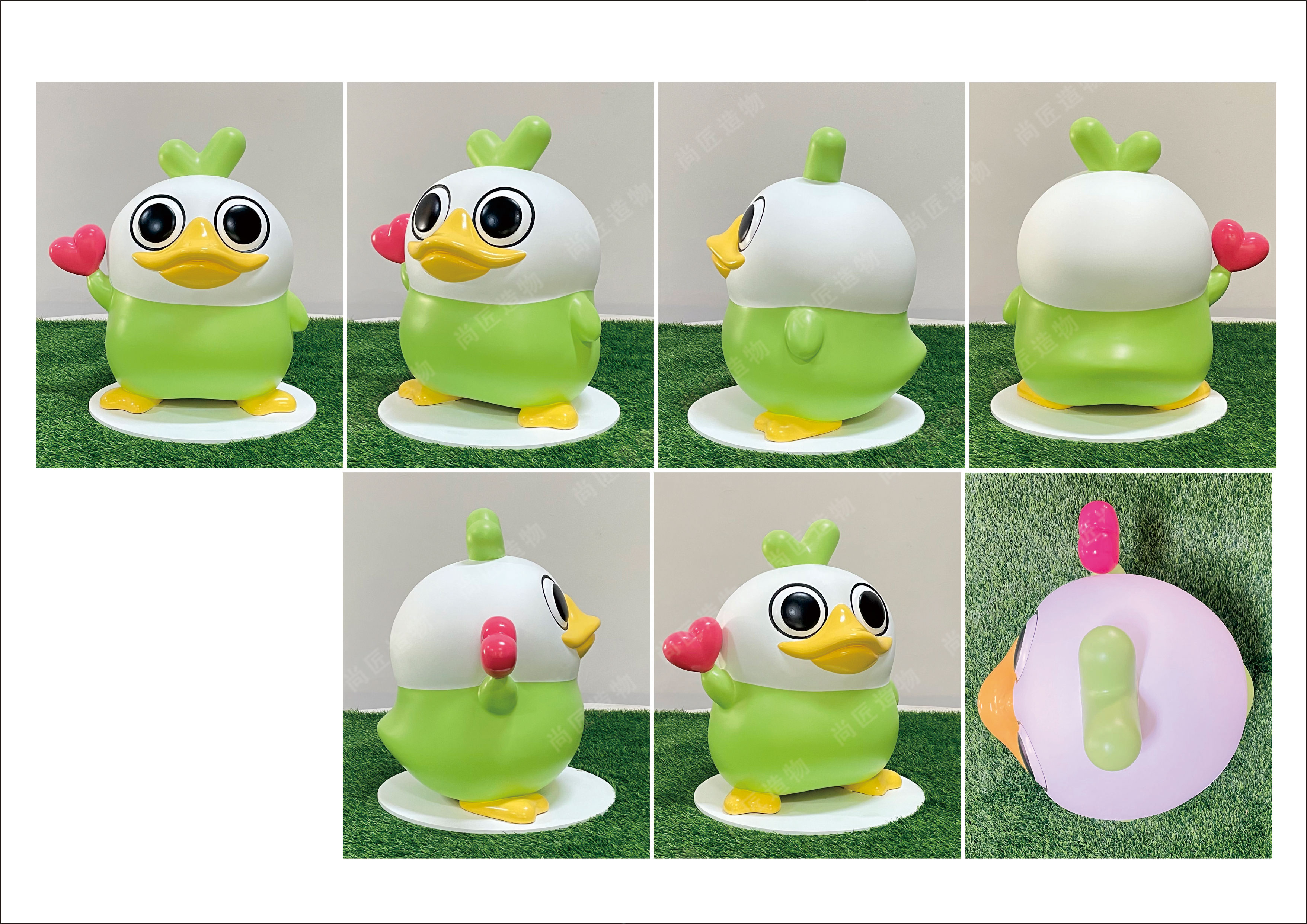
Frequently Asked Questions
What makes stainless steel ideal for outdoor sculptures?
Stainless steel’s corrosion resistance and strength allow it to withstand rain, humidity, and temperature fluctuations without rusting or degrading. Its reflective surface also adapts to changing light, enhancing visual appeal in gardens or public spaces.
How customizable are stainless steel sculptures?
Artists can shape stainless steel into abstract geometries, flowing organic forms, or textured surfaces. Designs are tailored to fit specific environments—whether creating focal points for corporate plazas or subtle accents for residential gardens.
Does outdoor exposure affect the sculpture’s appearance?
While stainless steel resists tarnishing, mild surface patinas may develop over decades. These subtle changes often add character without compromising structural integrity, requiring minimal intervention.
What maintenance ensures long-term durability?
Annual cleaning with water and pH-neutral soap removes dirt buildup. Avoid abrasive tools to preserve finishes. Inspect anchor points periodically, especially in high-wind areas, to ensure stability.
Are stainless steel sculptures cost-effective for commercial projects?
Though initial costs exceed some materials, their lifespan of 50+ years with low upkeep makes them economical long-term. They also elevate brand perception in hotels, parks, or office complexes through timeless aesthetics.
Can these sculptures integrate with landscapes or architecture?
Yes. Designers often mirror natural shapes like leaves or water currents for gardens, while urban installations might echo angular building lines. Lighting can be embedded to highlight textures after dark.
What factors influence installation complexity?
Weight, foundation requirements, and site accessibility dictate preparation. Large pieces may need reinforced concrete bases, while smaller works use bolt-down systems for simpler placement.
 ch
ch English
English

